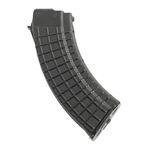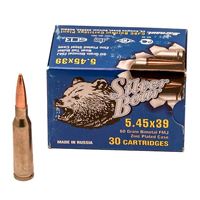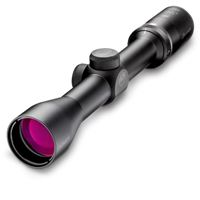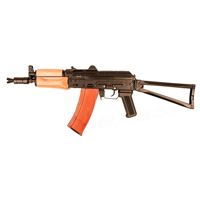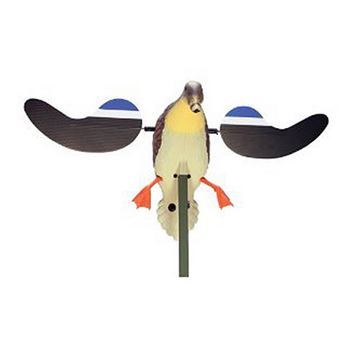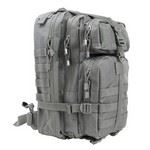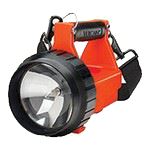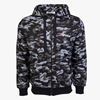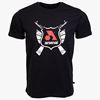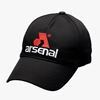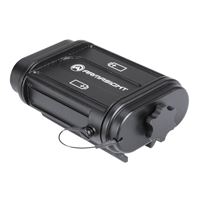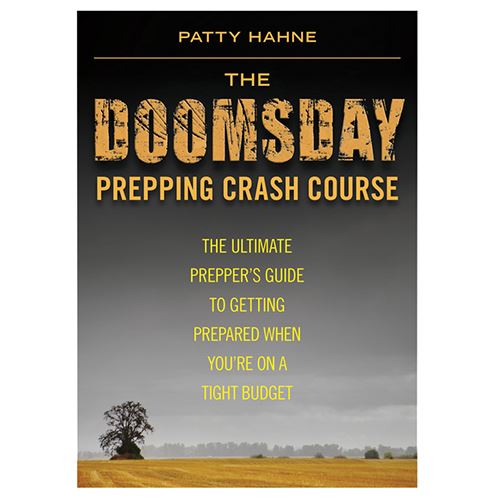I do not wish to damn this little gun with faint praise. The North American Arms Pug is a tiny revolver that is well made of good material and reliable. I have never seen anyone have trouble with the revolver as regards reliability, and it has been in service for decades. The problem is the same as its appeal—its size.
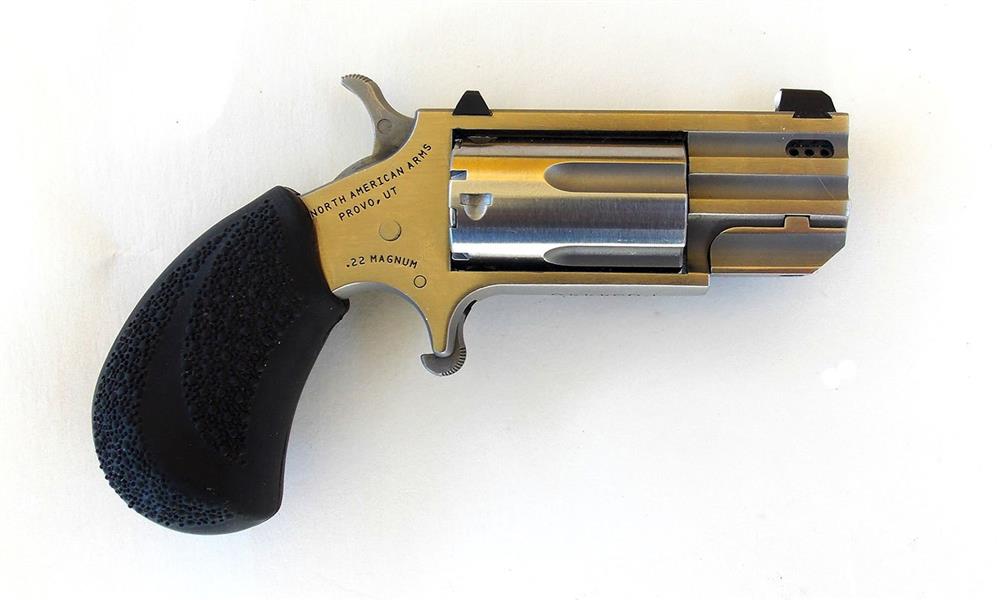
It isn’t easy to use well, and the caliber isn’t noted for effectiveness, although there have been several documented saves. The Pug is for a last ditch defense or when the handgun must be concealed above all else. I am not recommending anyone break any rules, but a few my close friends have been in this situation.
A close friend and a wonderful caring psychiatric nurse went to work every day with a Colt .25 auto concealed. She practiced unbuttoning the top button of her blouse, drawing the Colt, and taking a head shot. (Before commercial bra holsters she sewed her own.) She told me she loved the people or she couldn’t do her job, but she wasn’t going to let one of the dangerous psychopaths—those who cannot be helped—kill her. It was her decision, and it worked well for her until she retired.
There are folks who simply cannot be convinced to carry a larger handgun, and something is better than nothing. Many people would have loved to have had a .22 Magnum revolver handy when attacked. It is better than tooth and nail.
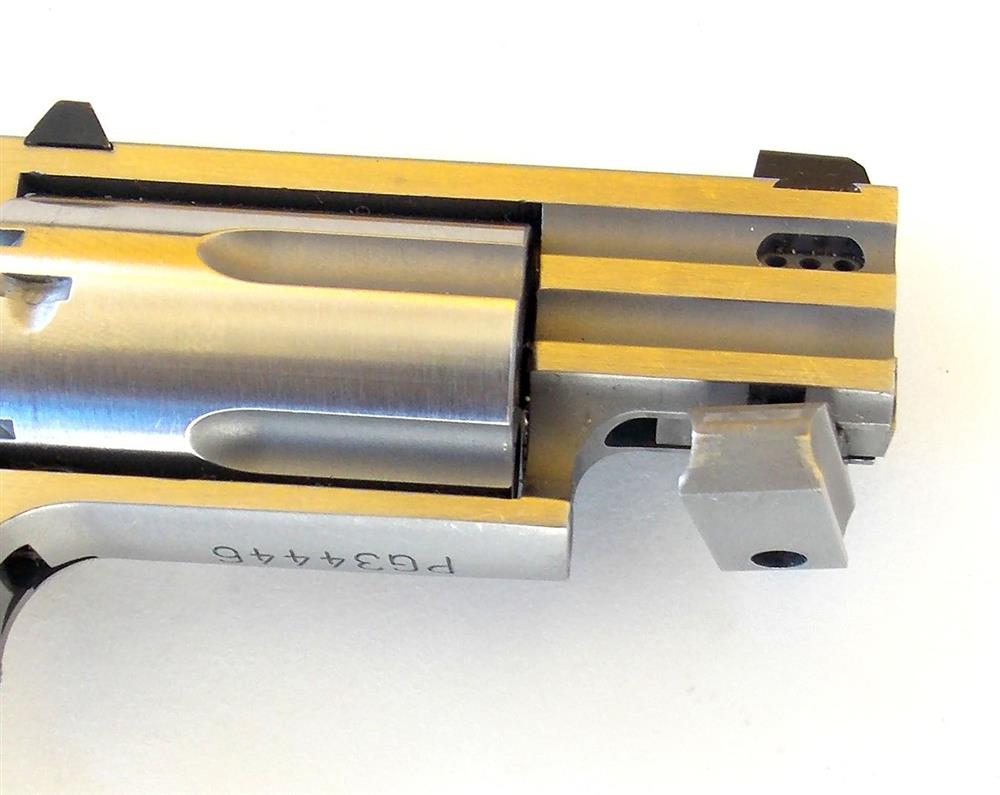
The Pug makes for a good backup to the carry gun as well. It is affordable, which isn’t true of many of the better type of defensive handguns. Yet, I would put North American quality at the top of the heap.
There is a tremendous demand for handguns that may be concealed in the pocket. A small handgun carries the problem of high recoil and poor accuracy, not to mention engineering obstacles. North American Arms has created a niche market—all its own—replacing the once common derringers. The five-shot .22 Magnum revolver is easier to use well than any derringer and makes much more sense.
The design goal of the NAA mini revolver seems to be light weight. There are a number of variations, some with longer and shorter barrels and different grips. The Pug is the lightest and most modern in appearance.
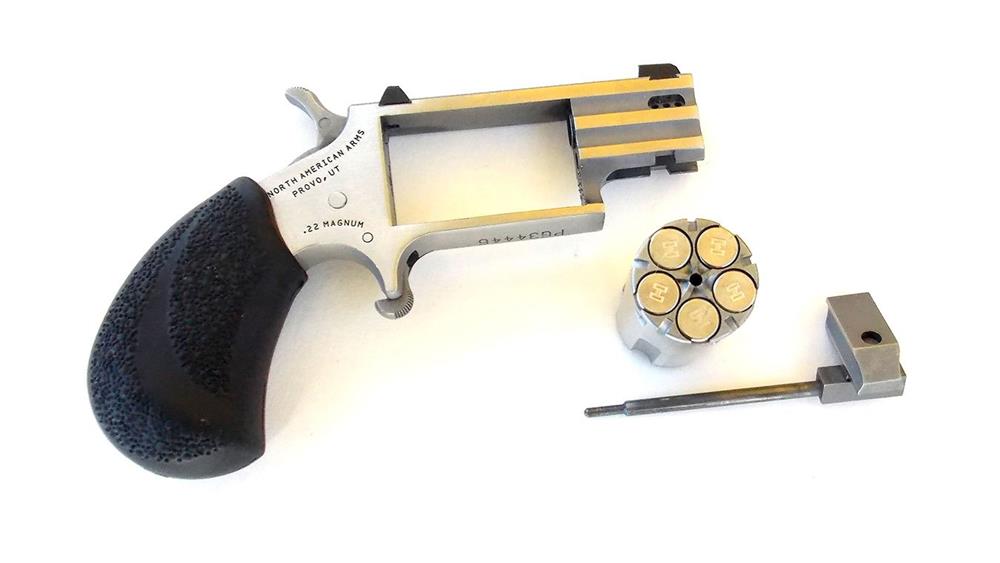
I have fired .22 LR and .22 Magnum NAA revolvers and this one has the best performance for personal defense that I have yet seen. The Pug features a five-shot fluted chamber with recessed cylinders (for safety in case of a blown case head, and to increase reliable operation as the cylinder rotates) and a 1-inch barrel. This one also features barrel ports.
The pistol weighs but 6.2 ounces. It is 4.5 inches long, and only 3 inches tall. You can stash this revolver just about anywhere and that’s pretty important. The Pug is a single-action design and that means the hammer must be cocked for every trigger press. This is a simple action and the hammer is large enough for plenty of purchase for manipulation.
The first challenge is loading the revolver. The cylinder must be removed from the frame for loading. There is a lock on the barrel underlug that is rotated to move forward, freeing the base pin. The cylinder is then pressed out from the frame. The cartridges are loaded in the cylinder. Replace the cylinder in the frame and replace the base pin.
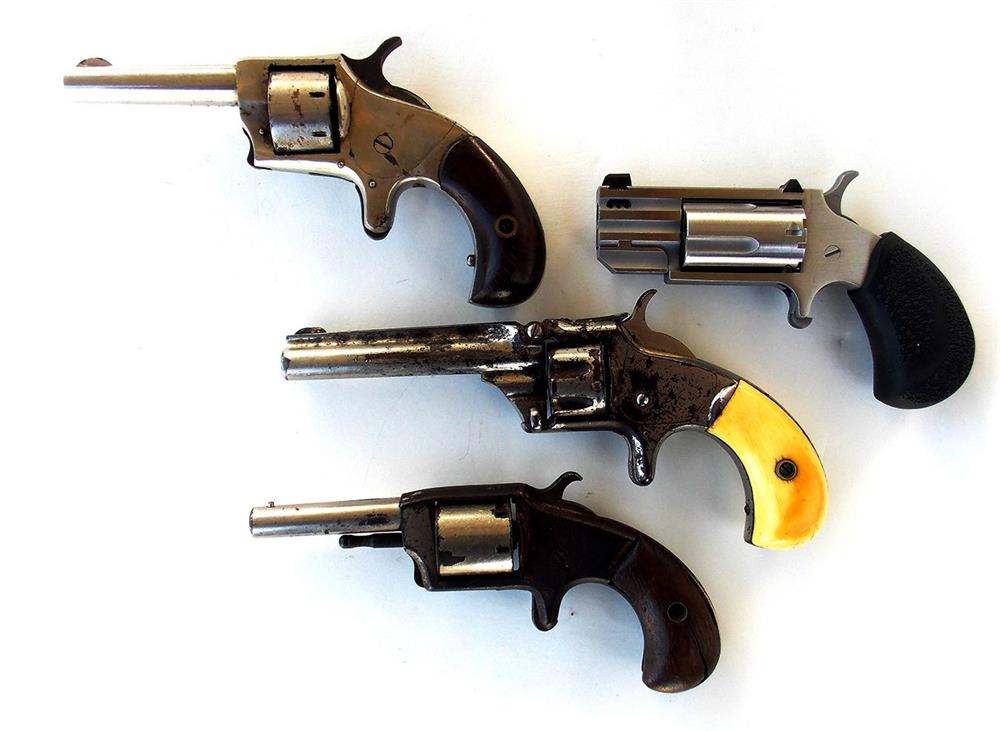
It is important that you keep your fingers from the around the muzzle. The hammer is down, to be certain, but muzzle discipline demands the finger be away from any handgun’s muzzle at all times. When you are firing the Pug, you must also be certain that the fingers do not drift toward the muzzle.
Quite a bit of practice in handling any firearm is demanded before deploying it for personal defense. Please be very careful with such a short handgun. I find practice sessions are limited to 20 cartridges or so, due to the slow loading process. This isn’t a revolver that will gain accuracy with more practice. However, what accuracy it has, a trained shooter may make the most of.
Be certain not to allow the hammer to rest on a loaded cylinder. This could result in a discharge if the revolver is dropped or the hammer struck. The hammer nose must be lowered into a safety notch located between the cylinders of the revolver. Always follow this program. The hammer is moved slightly to the rear and the cylinder rotated enough to properly line up the hammer nose and the safety slot. This is a safe, strong system.
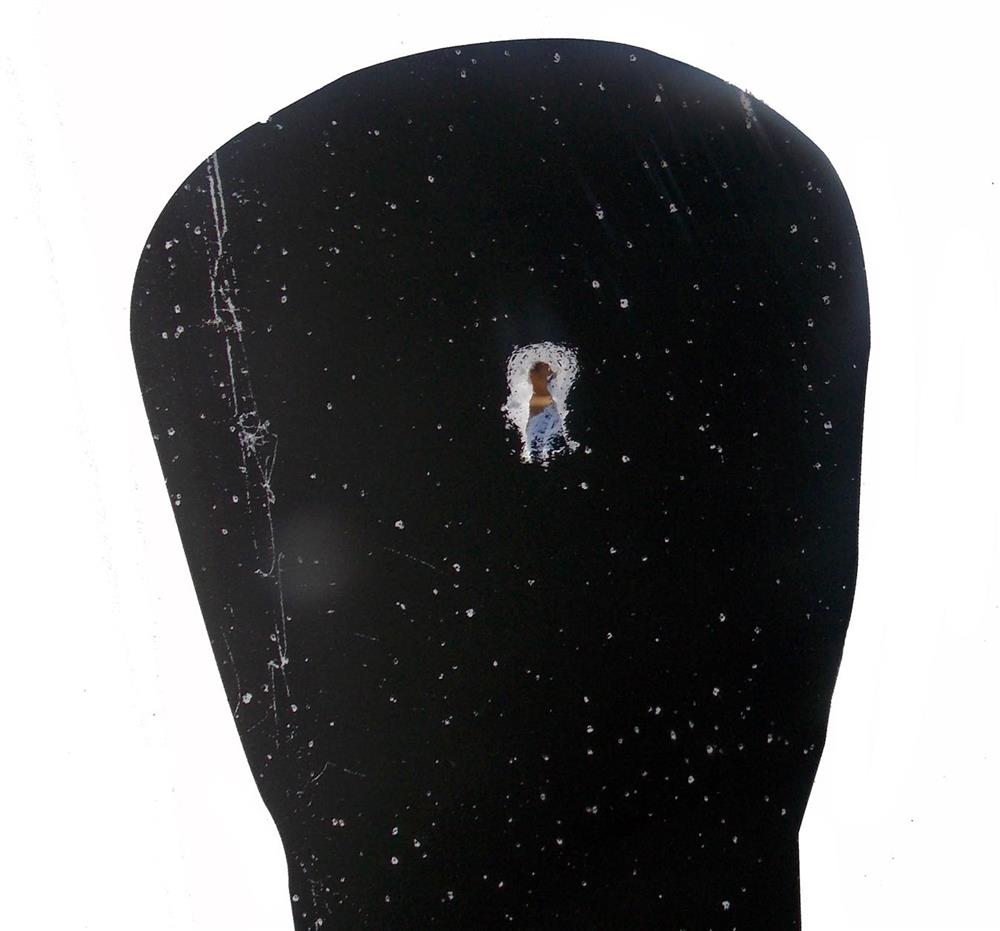
I really like the Pug’s grip. It is superior, in my opinion, to anything offered by NAA on other revolvers. The synthetic grip offers plenty of adhesion when firing. While recoil isn’t great, muzzle flip is, and this grip helps control the handgun. The grip is important in order to effectively keep the hand stabilized as you cock the hammer and fire the revolver. This Pug doesn’t have a trigger guard, as none is needed. It will only fire if the hammer is cocked and the trigger pressed.
Finally, the revolver features some of the best sights I have seen on a small handgun. Small handguns need good sights even more so than larger handguns, as the short sight radius invites misalignment. The North American Arms Pug features express-type sights intended for fast work at close range.
I began my test fire with Fiocchi’s 40-grain JHP. I placed the target at five yards and fired five shots as quickly as I could manipulate the hammer and trigger. I put all five into a four-inch group. Frankly, I was surprised.
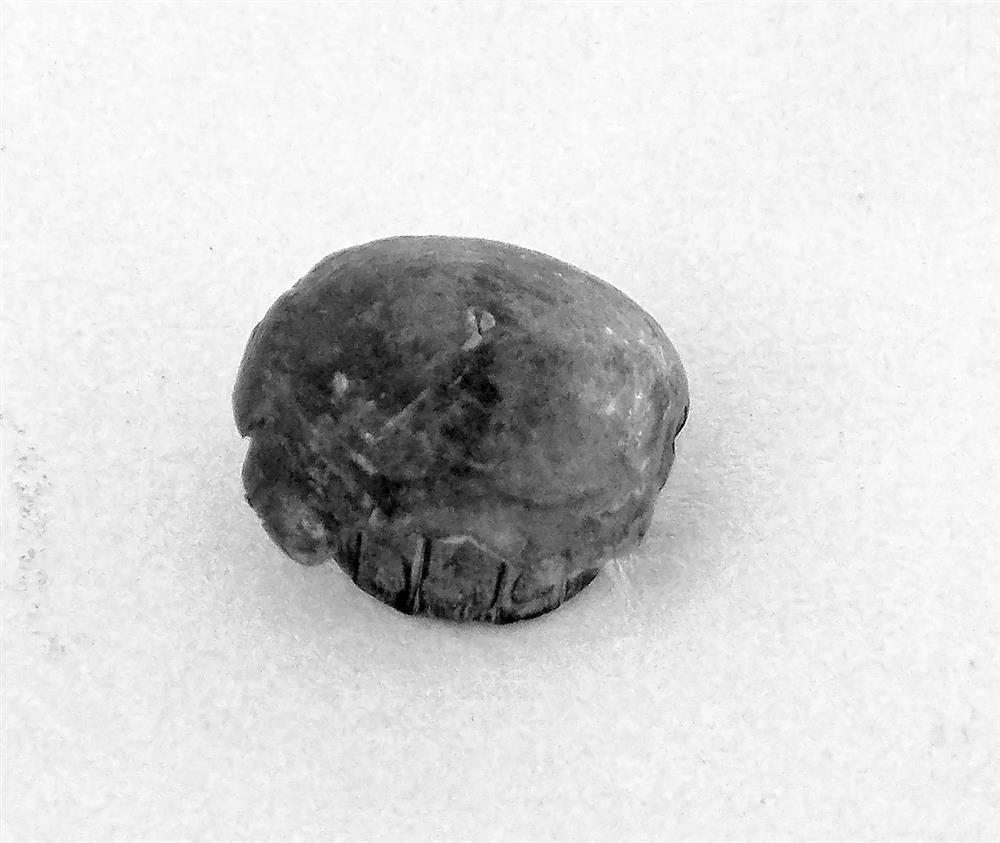
The Pug sights and grip really make a difference in performance. The 1-inch barrel generated 830 fps. I have clocked the Fiocchi load at 1,000 fps from the longer barrel NAA revolvers, so there is a price for compactness. Hornady’s 45-grain Critical Defense load exhibited 844 fps.
After firing at 5 yards, I stepped back to the 15-yard line. This is substantial for the Pug, but I elected to try the shot. I aimed for center mass and after firing three rounds found only one on target, near the head. I reloaded and fired again, this time aiming for the belt buckle region. This time all three bullets impacted in the center region in a group about 5 inches wide.
Knowing what I know about small handguns, this is impressive. At close range the sights are well regulated. Muzzle flip takes its toll at the longer and improbable 10-yard range and beyond.
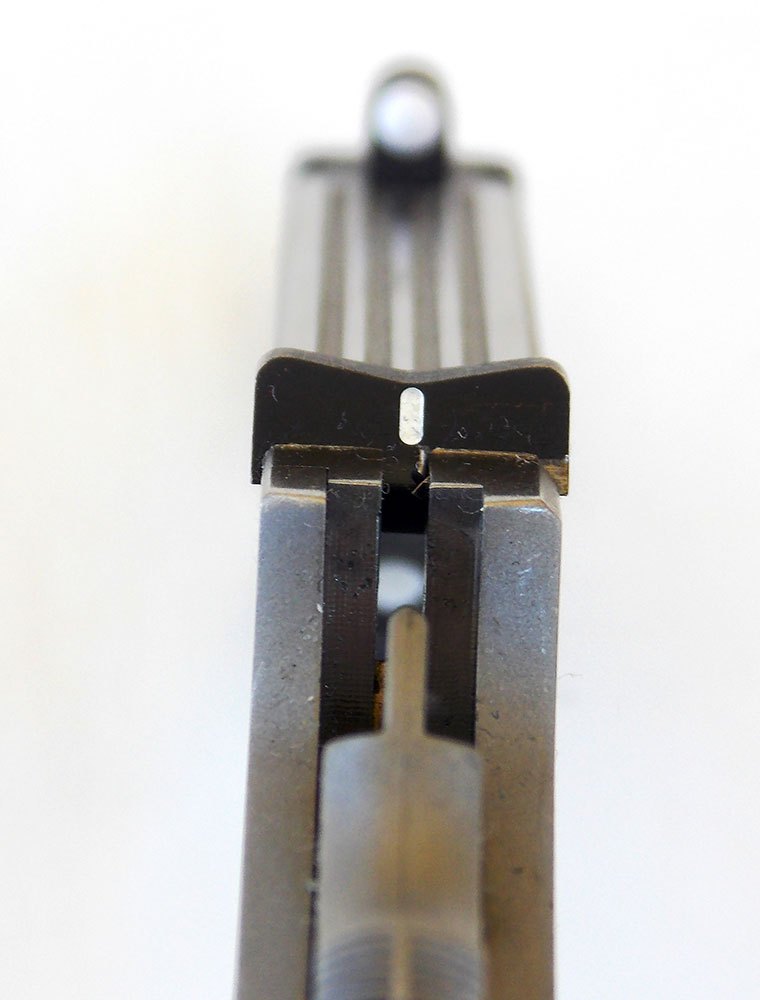
The .22 Magnum cartridge has advantages over the .25 ACP in penetration and velocity. The NAA Pug is reliable and may be fired accurately enough to strike man-sized targets at close range. Any handgun is sufficient for a threat, and the NAA Pug offers more power than a .22 Long Rifle or .25 ACP cartridge. The Pug is something and that is much better than nothing.
Using the NAA Pug
I recommend practicing quickly drawing the North American Arms Pug at close range and getting a head shot. Use it like you are giving the threat a nasal inhaler. That will make the most of the power the Pug has. Also, practice getting shots into the target at contact range.


